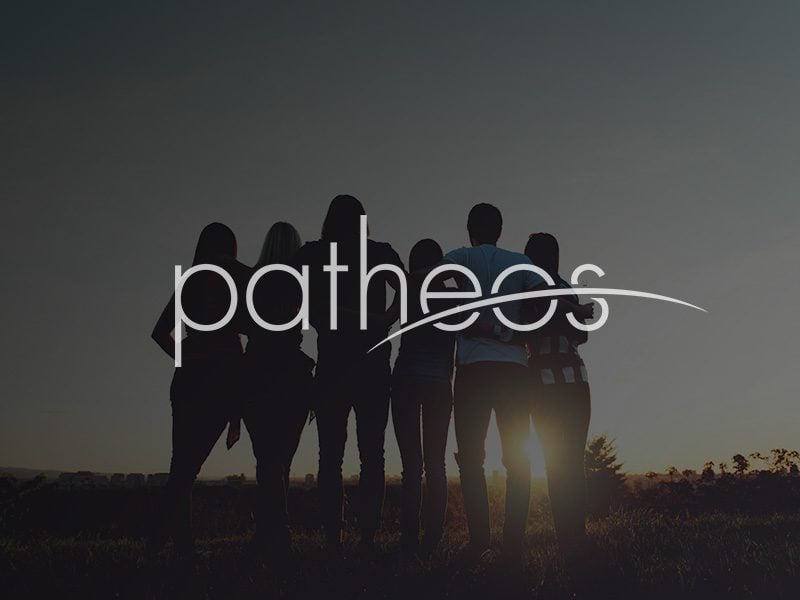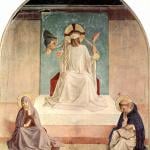*Update: see the bottom of this page.
One of the dreadful dead-ends of the modern university is the conceit that science alone is pure knowledge, whereas the slushy humanities disciplines that were at the heart of the premodern university are merely opinions. Yet in this era informed by various histories of scientific thought such as Thomas Kuhn’s Structure of Scientific Revolutions, it is now possible to see all disciplines as ways that human beings seek to understand the world they live in.
At the heart of science is what philosopher/theologian Bernard Lonergan called the “pure, unrestricted desire to know.” He writes in Insight: A Study of Human Understanding:
Just as the mathematician advances from images through insights and formulations to symbols that stimulate further insights, just as the scientist advances from data through insights and formulations to experiments that stimulate further insights, so too the spontaneous and self-correcting process of learning is a circuit in which insights reveal their shortcomings by putting forth deeds or words or thoughts, and through that revelation prompt the further questions that lead to complementary insights.
In Integritas, biologist Marc Muskavitch expands upon the way that scientists like himself participate in a shared effort of understanding, and depend upon truly human ways of acting to achieve understanding
Science is really based … on the construction and then the refutation and then the reconstruction—one hopes in an improved way—of a hypothesis that illuminates some facet of the material world. Scientists, in my view, should be open to and hospitable to error—error in the service of the discovery of a more perfect insight or a more perfect truth regarding a facet of the material world.
Following Aurelie Hagstrom’s logic that hospitality is at the heart of a true university, Muskavitch adds
Academic scholars are actually called to be open and to be hospitable to wrestling with uncertainty and to exploring error in seeking encounters with truth, both with those who are like-minded and those who are other-minded. They should be open to discovery and to revelation, both in the material realm and the abstract realm.
Both the scientist and the professor in the disciplines traditionally treated as “humanities” seek understanding. A great challenge of a great university is to find ways to help them talk to one another.
*Update begins here:
For an interesting example of a marriage of science and humanities, see the journal Literature and Medicine. From the editor’s foreword:
To think of a heterodisciplinary academic field as a marriage gives us a rich but troublesome analogy to work with. What follows from this odd conjugal match-up? Offspring? Discord? Institutional queering? Second honeymoons? Divorce? Certainly never the seamless merging of the two into a single entity.
more:
We can ask of a medical journal article not only what conclusions it draws about the clinical treatment of (for example) patients who feel no hope, but also about how the form of its discourse (its abstract, its description of method, the naming of its authors, the qualifications that hedge its conclusions) makes us read it in a particular way, extracting from it certain perspectives on, say, methods of conducting research on clinical depression.
This is exactly the point. All inquiry is human inquiry.











